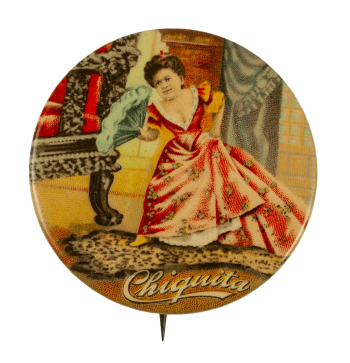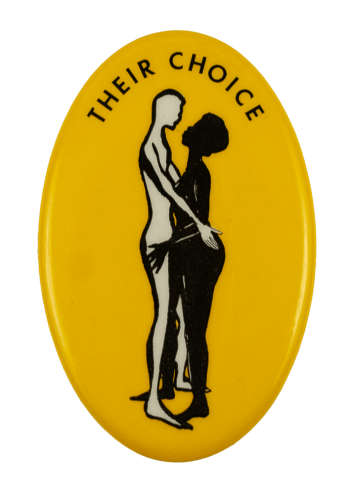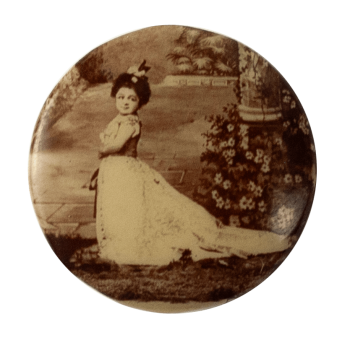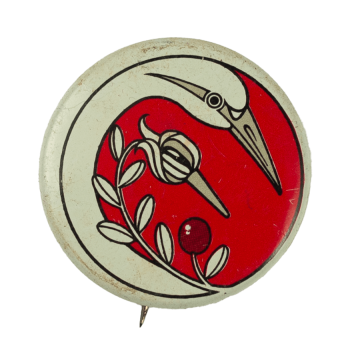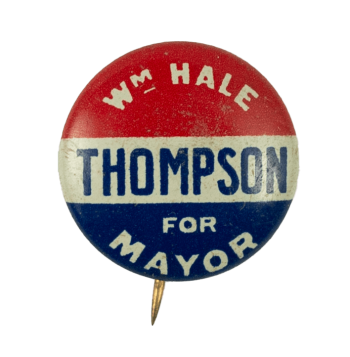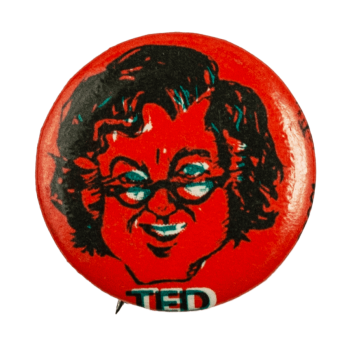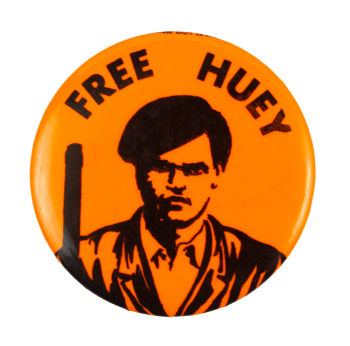Chiquita Fan Dance
| Category | |
|---|---|
| Additional Images | |
| Sub Categories | |
| Text on Button | Chiquita |
| Image Description | Color painted illustration of Chiquita in a red dress performing a fan dance with off-white cursive text on the bottom |
| Back Paper / Back Info |
[union bug] Buttons made by |
| Back Style | |
| The Shape | |
| The Size | |
| The Manufacturer | |
| Additional Information | “Chiquita” was the stage name used by Alize Espiridiona Cenda del Castillo. Cenda was born in 1869 with a form of primordial dwarfism, and when full grown only measured 26 inches tall. In her act Chiquita would sing, dance, play instruments, and otherwise charm her audience.In 1901, Chiquita appeared at the Pan-American Fair in Buffalo as, “the Official Mascot of the Exposition,” and driving, “the smallest automobile ever constructed.” At the end of the fair, Cenda eloped with a young man who had been working for her show. Her manager took her to court for breach of contract, but Chiquita and her husband eventually triumphed, and she was free of her contract. They continued to tour to give performances. It’s not known what became of Chiquita in later years, but it’s believed that the couple moved to Mexico where she may have passed away in 1945. |
| Sources |
Burdick, Jonathan. (2020, October 21). Small Statures, Big Stories. Erie Reader. Retrieved from https://www.eriereader.com/article/small-statures-big-stories Chiquita. (1901, June 23). The Buffalo Times (Buffalo, New York), p. 11. |
| Catalog ID | EN0670 |

